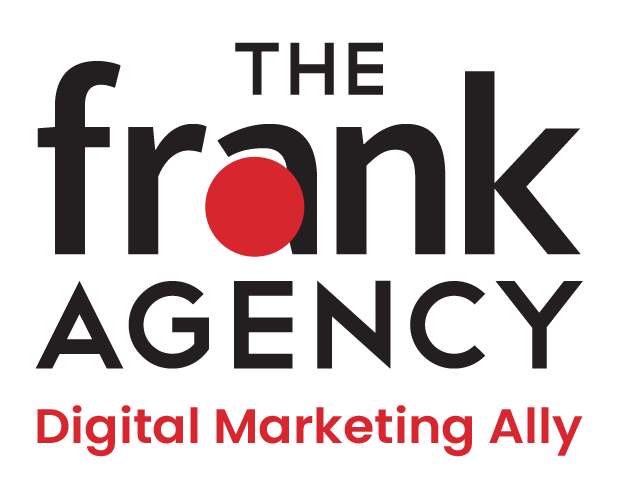What are Nofollow Links?
A nofollow link is created by adding the “rel=nofollow” attribute to the HTML code of a hyperlink. This attribute tells search engines not to follow the link and not to consider it when determining the ranking of the linked page in search results. Nofollow links are often used for sponsored or untrusted links, user-generated content, or to prevent spammy practices.
The Purpose of Nofollow Links:
The primary purpose of using nofollow links is to control the flow of authority and prevent certain links from influencing search engine rankings. Nofollow links can be beneficial in several ways:
- Sponsored or Paid Links: When linking to sponsored content or paid advertisements, using nofollow links ensures compliance with search engine guidelines and prevents potential penalty risks.
- User-Generated Content: If your website allows users to submit content with links, employing nofollow tags helps prevent spam and maintain the credibility of your website.
- Untrusted Links: When linking to external websites that you do not fully trust or endorse, using nofollow links helps protect your website from associating with potentially harmful or low-quality content.
Implementing Nofollow Links:
To implement nofollow links effectively, keep the following best practices in mind:
- Add rel=nofollow Attribute: Manually add the “rel=nofollow” attribute to your HTML hyperlink code to designate it as a nofollow link.
- Use Plugins or Tools: If you utilize a content management system (CMS), there may be plugins or tools available that automatically add the nofollow attribute to certain types of links or domains.
- Utilize Google’s Guidelines: Familiarize yourself with Google’s guidelines on nofollow links to ensure compliance and avoid any potential penalties.
- Regularly Audit Links: Periodically review your website’s links to ensure proper implementation of nofollow attributes, especially for user-generated or sponsored content.


